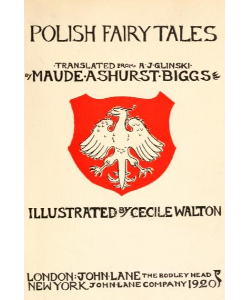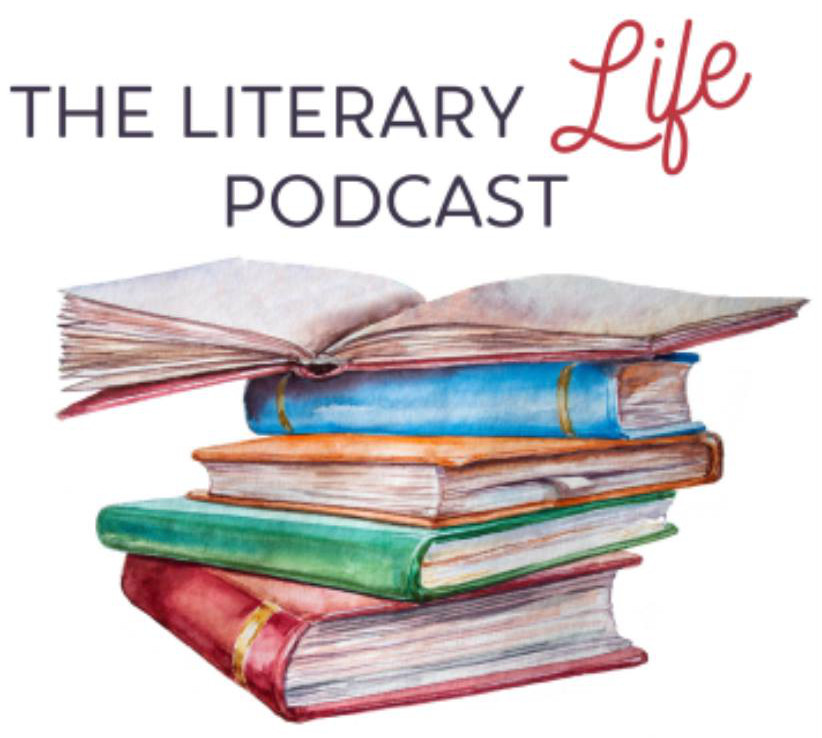Polish Fairy Tales

Illustrator:
Cecile Walton
Original author:
A.J. Glinski
Original language:
Polish
Translator:
Maude Ashurst Biggs
Publication:
1920 by The Bodley Head
Simultaneously published by:
John Lane Company (New York)
Genre:
Fairy Tales, Fiction, Folk Tales
Pages:
96
Current state:
This book has been evaluated and information added. It has not been read and content considerations may not be complete.
Book Guide
TALES FROM POLAND
THESE are selections from a large collection made by A. J. Glinski, printed at Wilna in 1862. These fairy tales come from a far past and may even date from primitive Aryan times. They represent the folklore current among the peasantry of the Eastern provinces of Poland, and also in those provinces usually known as White Russia.
They were set down by Glinski just as they were related to him by the peasants.
In the translation it was of course necessary to shorten them considerably; the continual repetition — however quaint and fascinating in the original — cannot easily be reproduced. Portions, too, are often told in rhyme, or in a species of rhyming prose that we associate with the ancient ballad. The obvious likenesses between these and the folklore of Germany, the Celtic nations, or to the Indian fairytales, will strike every reader.
Maude Ashurst Biggs
From the book
This beautifully-illustrated edition of A. J. Glinksi's classic tales provides a marvelous glimpse into the world of Polish legend and folklore—and reveals its closeness and affinity to the greater European family of nations.
Glinksi, Poland's master folklore writer, and his nation's equivalent of the Brothers Grimm, spent many years in the mid-nineteenth century travelling all over his nation's lands, listening to and writing down the stories as told to him by the ordinary folk.
In this manner, he captured Polish folklore as it truly was—the way that the peasants would tell their children as part of a wide-ranging oral tradition.
Bound up in history, legend, moral virtues, and ancient European culture, these classic stories were introduced to the English-speaking world early in the twentieth century. They were an instant hit, with tales such as the Frog Princess, Princess Miranda and Prince Hero, and many others quickly winning their place in the great classic tales of European literature.
From the Sandy Croft Publishing edition
To view an example page please sign in.
Resource Guide
Episode 70: Why Read Fairy Tales?
Released in 2020 by The Literary Life
Available formats: Streaming Audio
Length: 1 hr. 29 min.
View on the The Literary Life site
"Angelina Stanford and Cindy Rollins tackle the topic of fairy stories, discussing the what, why and how of reading them. Angelina shares the distinctive characteristics of fairy stories in contrast to other types of stories, such as myths. They deal with the question of whether fairy tales are 'escapist', the influence of the Grimm brothers scholarly work on interpreting fairy stories, and allowing the story to unveil its deeper truths without forcing meaning onto it.
Angelina gives an illustration of how to see the gospel messages in fairy tales by talking us through the story of Sleeping Beauty. She refutes the ideas that fairy tales are about human romance or are misogynistic. She also highlights some of the Enlightenment and Puritan responses to fairy tales that still linger with us today. Cindy and Angelina also discuss some common concerns such as the magical, weird, or scary aspects of fairy tales. Angelina also makes a distinction between folk tales, literary fairy tales, and cautionary tales."



